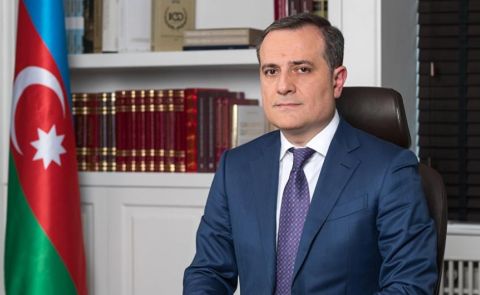
Russian Ministry Reports Success in North Caucasus Economic Program
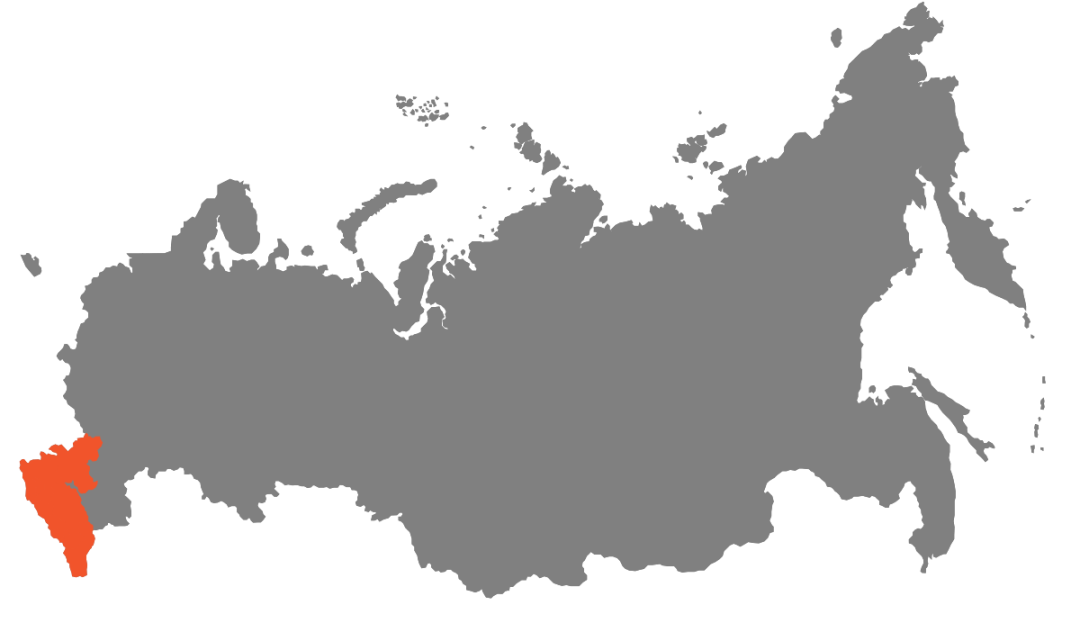
On March 11, the Russian Ministry of Economic Development presented the outcomes of the state program for the development of the North Caucasus in 2023, highlighting the advancement of tourist infrastructure.
The state program aims to foster economic growth in the North Caucasus Federal District by establishing new economic hubs, aligning state infrastructure investments with business investment strategies, and prioritizing the spatial development of the region, as directed by the Russian government.
Alexander Novak, the Deputy Prime Minister of the Russian Federation, noted positive trends in key indicators such as increasing investments, decreasing unemployment rates, and growing tourist traffic. He emphasized the importance of collaborative efforts between authorities and businesses across industry, agriculture, social services, and tourism for the region's continued balanced development.
Sergey Nazarov, the Deputy Minister of Economic Development of Russia, reported that the total financing for the program in 2023 amounted to EUR 165 million, achieving an execution rate of 99.9%, the highest since the program's inception in 2014. By the end of 2023, the program successfully met its target parameters for all socially significant priorities.
Kavkaz.RF, the development institute, completed the construction of 20 facilities at resorts such as "Elbrus," "Arkhyz," and "Veduchi" last year. Director General Andrey Yumshanov highlighted the record-breaking delivery of facilities, including ski slopes, ropeways, parking lots, and infrastructure, leading to a 35% increase in tourist flow to ski resorts, surpassing 1.7 million visitors.
Additionally, the state program facilitated the completion of 14 social and communal infrastructure projects across the North Caucasus Federal District. Sergey Nazarov underscored the program's achievements, including the creation of over 2,000 jobs and attracting more than EUR 180 million in extra-budgetary investments. Moreover, approximately 240 thousand people gained access to quality drinking water from central water supply systems as a result of the program's efforts.
See Also

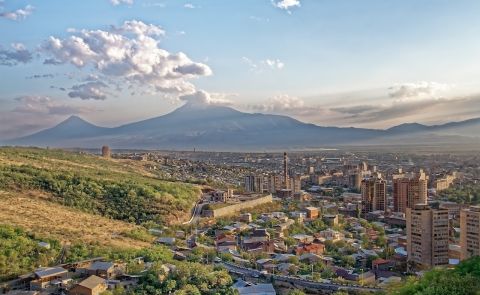
Nordic-Baltic Delegation Meets Armenian Leaders to Discuss Regional Cooperation and Peace

Azerbaijan Strengthens Energy Partnerships with Multiple Countries
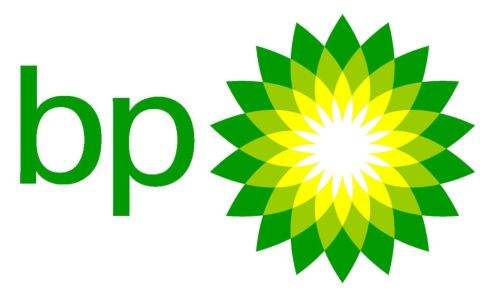
BP Strengthens Presence in Azerbaijan’s Offshore Energy Sector
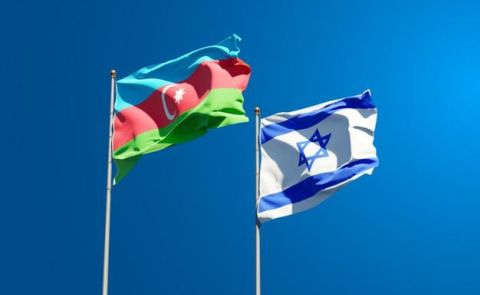
Netanyahu’s Letter to Aliyev: Mutual Trust, Solidarity Following Hamas Attacks, Facilitating Dialogue Between Israel and Türkiye

